Air Travel with Photography Equipment: How to Protect Your Gear and What To Remember
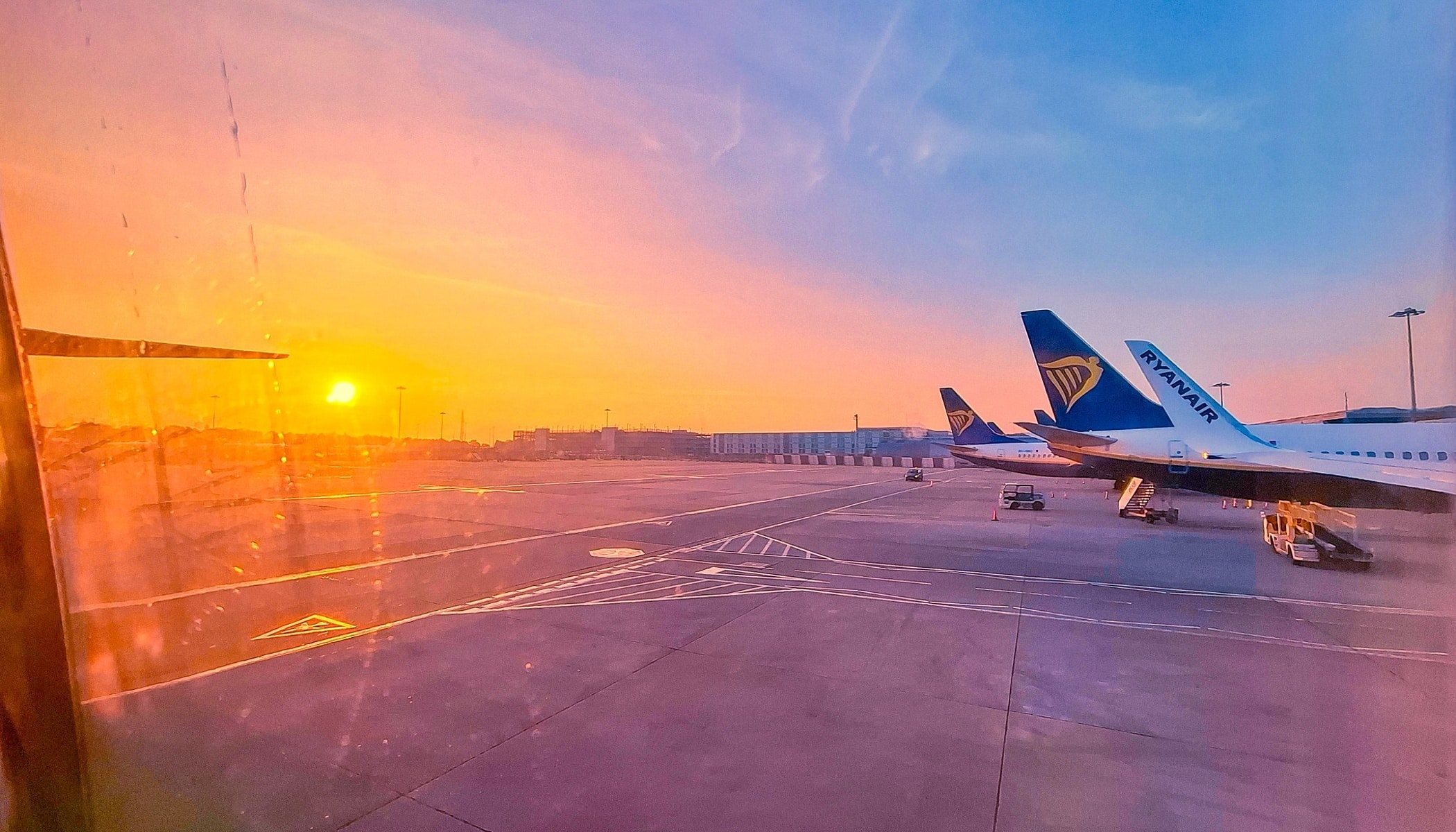
If you’re flying to a bustling city, or heading off the grid into the wilderness for an extended period of time, here are a few tips for packing your camera gear. Plus, I let you know what to watch out for based on my own personal experiences. Travel offers countless unforgettable moments we want to capture in our photos. The last thing you want is for those memories to be ruined because you didn’t follow the rules for carrying camera equipment on the plane.
Photography gear is often the most expensive and fragile thing we travel with. But flying with it means dealing with strict airline regulations. I’ll show you how to pack smart, avoid stress at airport security, and always have everything you need close at hand.
The right luggage for air travel
Backpack, suitcase, or duffel bag? It depends on how you plan to get around once you land. If you’re traveling by car, I recommend a rolling suitcase or duffel bag. For everything else, go with a backpack that’s easy to carry.
Carry-on size is the biggest limitation and it varies from airline to airline. Luckily, most camera bag manufacturers take this into account. Still, always double-check the specific limits. The last thing you need is a broken bag or damaged gear.

Most European airlines allow hand luggage up to 55 × 35 × 20cm and 10kg. Always confirm size and weight limits before your trip.
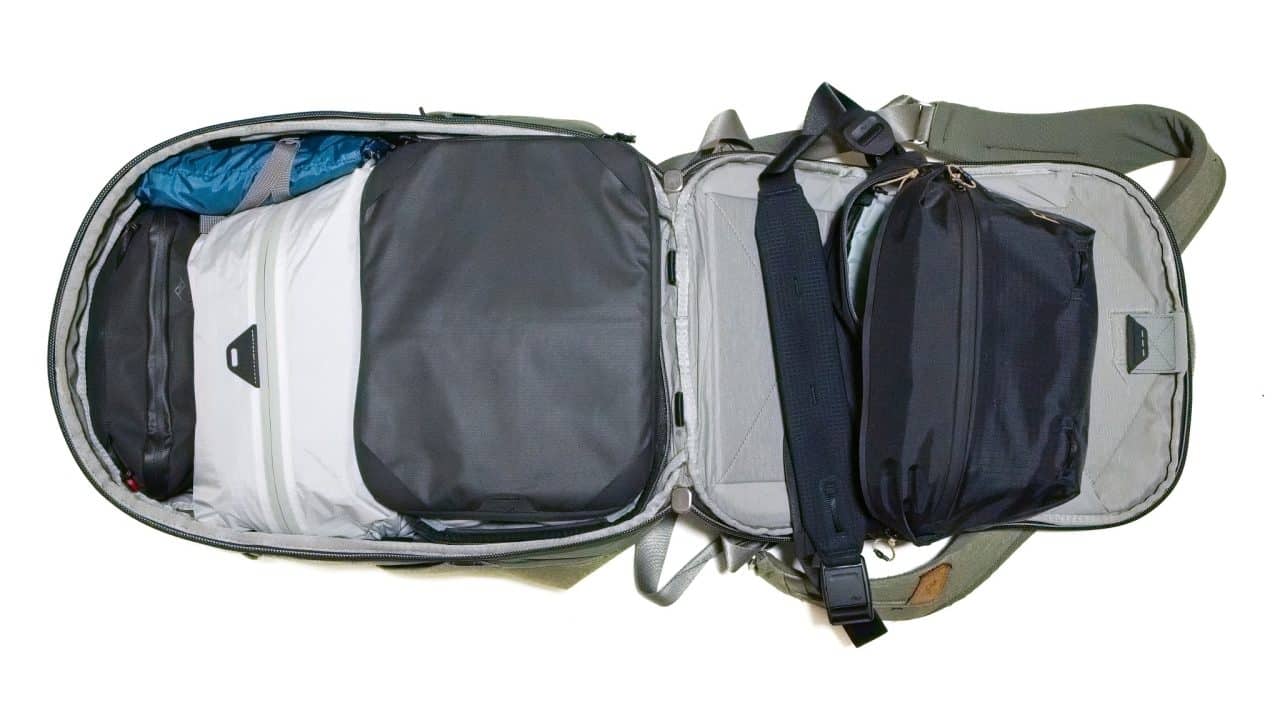
Never pack your camera in checked luggage, unless you’re using a specially padded hard case designed for it. If your bag doesn’t pass the size check and you have to check it, keep you gear in a separate packing cube that you can quickly take out and bring on board.
Packing cubes are also handy at security, where you often have to remove all equipment. I take mine out, open it up, and place it on the conveyor belt. This way, I’m sure I don’t leave anything behind.
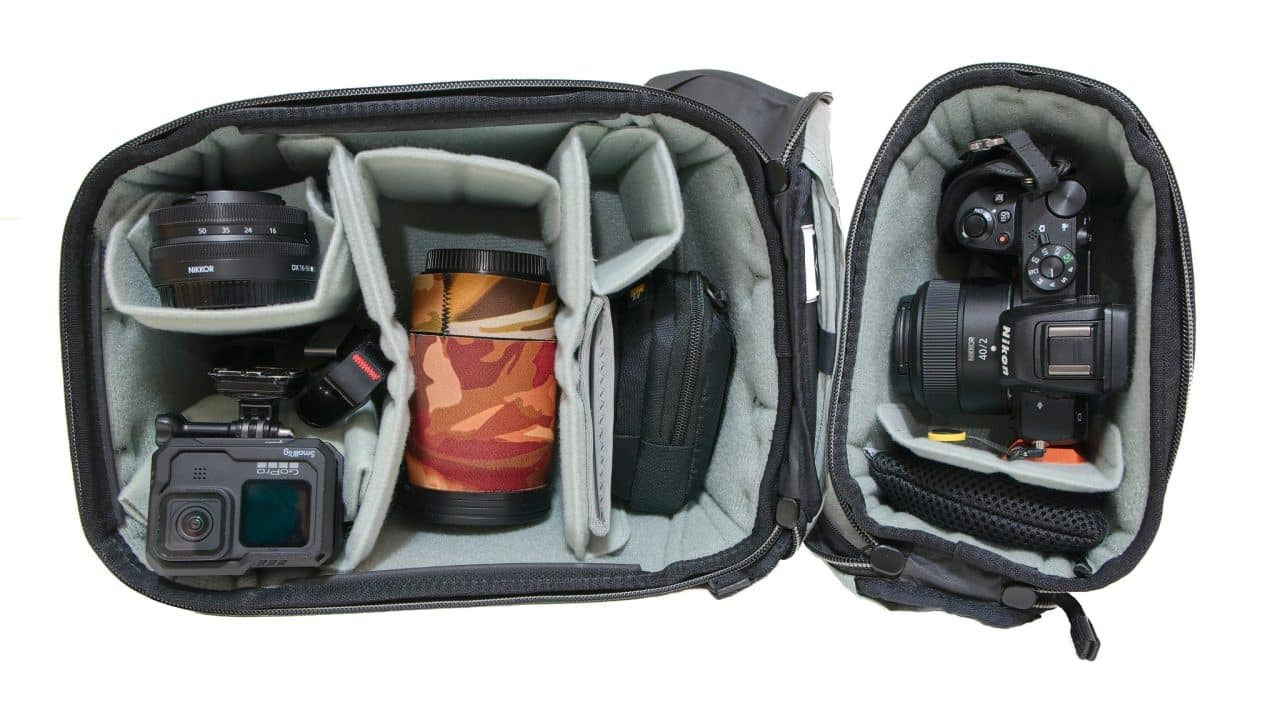
I carry my camera in a shoulder bag that I have with me at all times and fit under the seat in front of me. It saves space in my main backpack and keeps my camera within reach throughout the entire flight.
Peak Design backpacks work well for me. They can be compressed or expanded as needed. At the airport, I wear bulkier clothing like a sweatshirt and a jacket. Once I arrive, I expand my backpack and pack everything inside or clip items to the outside.

Luggage dimensions
Most European airlines allow hand luggage up to 55 × 35 × 20 cm and 10kg. But be aware that even hand luggage can incur extra fees. Backpacks generally get through security easier than hard-shell suitcases. You can shrink them slightly or pull out items quickly, which is not possible with suitcases.
Recommended Camera Backpacks:
- Peak Design – Travel Backpack 45L (56 × 33 × 24 cm, ~35 l compressed)
- Shimoda – Explore V2 35 (54 × 29,5 × 20 cm, ~35 l)
- Manfrotto – Pro Light Multiloader M (47 × 26 × 15,5 cm, ~30 l)
- Lowepro – Flipside 400 AW III (49 × 31 × 23 cm, ~20 l)
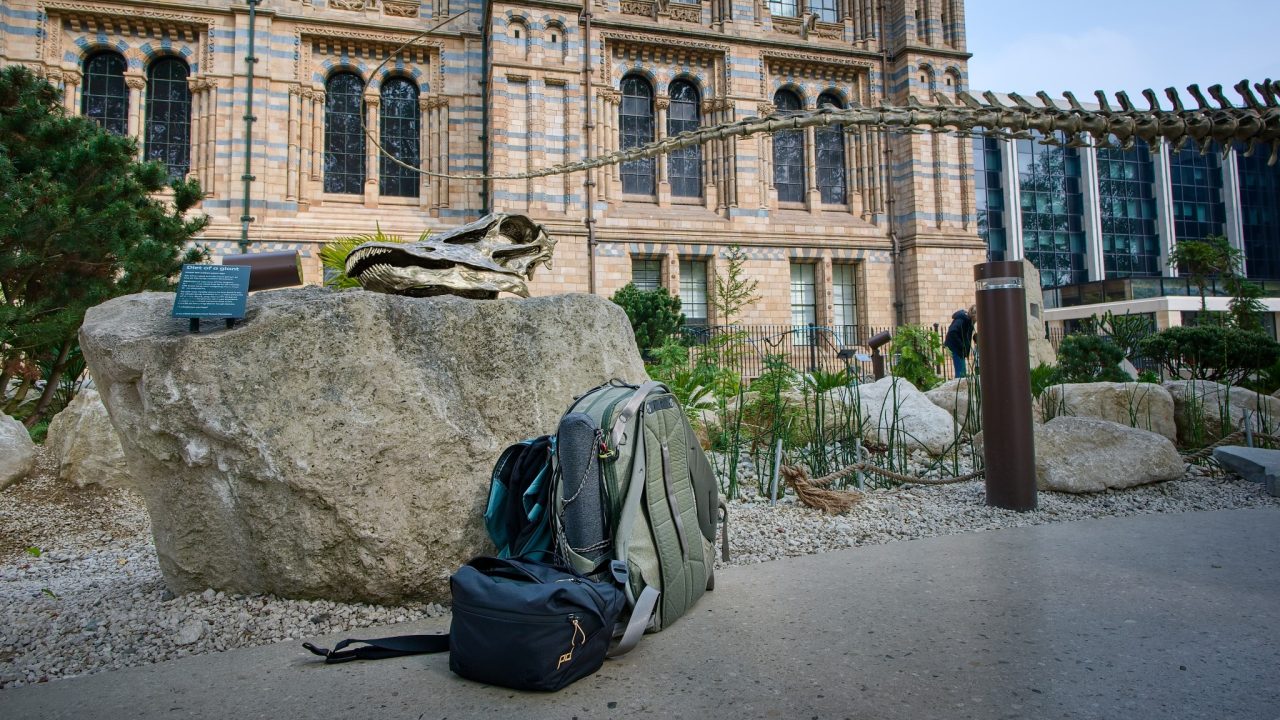
Batteries and power banks on board
Batteries can pose a fire hazard, so never pack them in checked luggage. All batteries should have their connectors covered to prevent short circuits. Some security checkpoints may ask to inspect all batteries, including those in your camera.

Power banks are subject to capacity restriction on some airlines (especially in Asia)—most often up to 10,000 mAh for Li-Ion cells. Li-Pol cells are typically exempt as they’re safer. Always check the power bank label for capacity and cell type.
For drone batteries, charge them to around 70% (rated voltage) and store them in a heat-resistant container for travel.
Tripods on board?
People often ask whether tripods are allowed in hand luggage. I’ve never had a problem with tripods, and neither have my photographer friends. A travel tripod is your best bet, as it’s lighter and more compact. I recommend carrying it in a protective case so it doesn’t stick out and stays better protected.
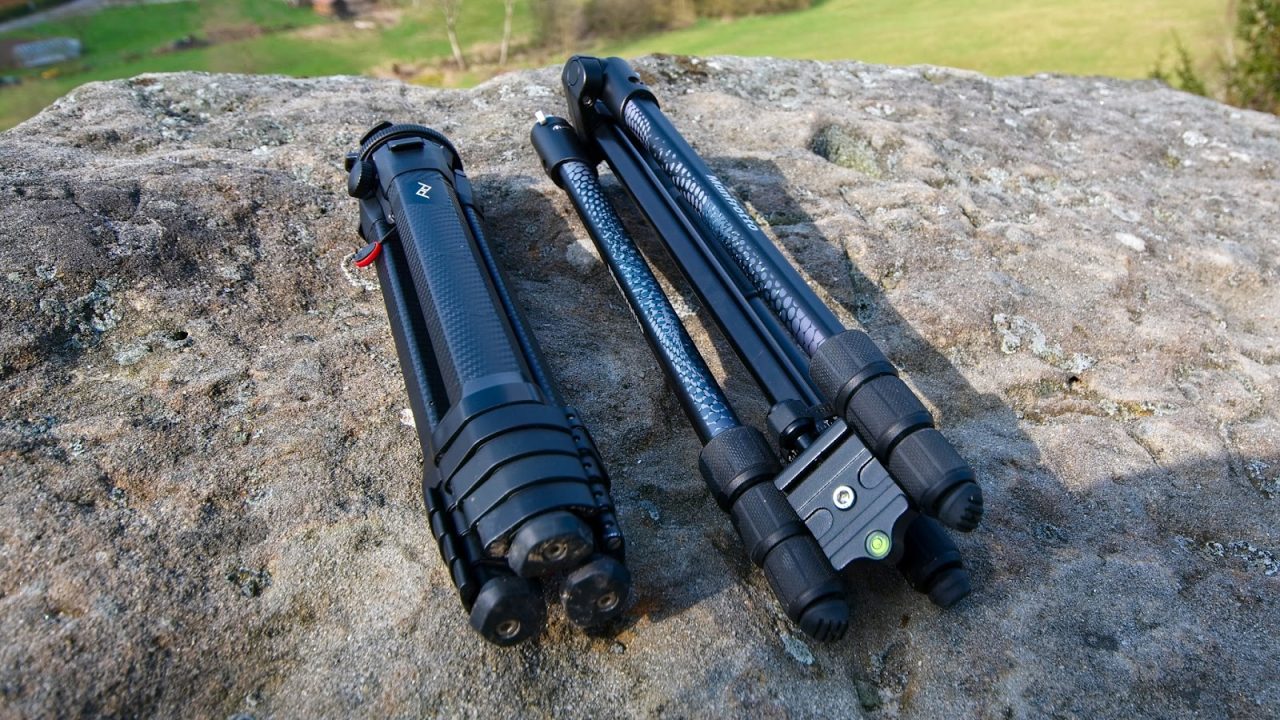
I use the Peak Design Travel Tripod as my main tripod and save space by removing the extendable legs. I also bring a Gorillapod—light, flexible, and usable as a short selfie stick. Another option is the Manfrotto Befree travel tripod.
Backing up photos while traveling
Backing up your photos is important, especially on extended trips. Modern cameras allow you to connect an external SSD via USB-C. These drives are compact, fast, durable, and don’t require external power.
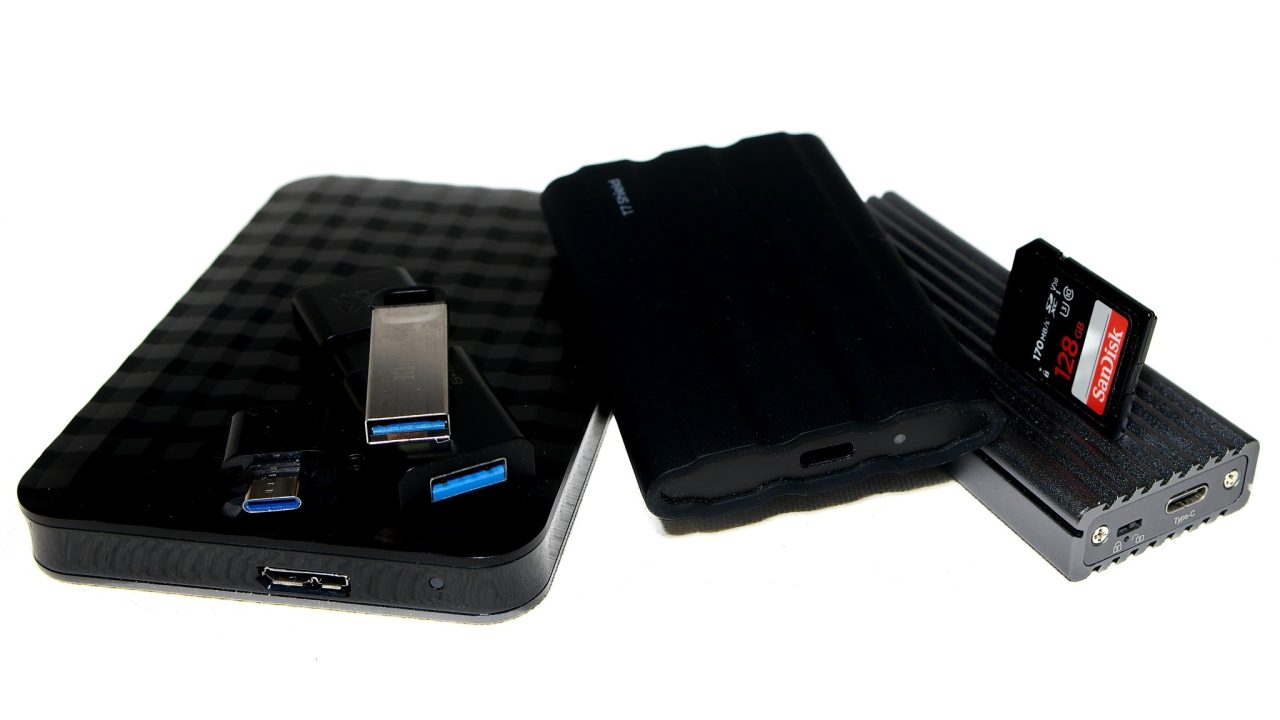
Another option is to connect wirelessly to your phone and back up to your mobile phone or straight to the cloud. However, this method has its limitations: higher energy consumption, limited phone storage, and sometimes poor internet connection.
For maximum security, professional cameras let you write to two cards at once. Don’t go cheap when deciding which memory cards to bring. Invest in professional-grade ones that can resist extreme conditions, x-rays, and magnetic radiation.
Beware!
These aren’t urban legends, but real travel experiences. In Asia, for example, security may inspect every battery and check the type and capacity. I almost missed my connecting flight because of this.
X-ray screening can be very thorough, including the requirement to unpack any photography equipment. That’s why I keep everything in a packing cube, which is easy to take out. A friend had his lenses in his backpack and ended up with a thorough inspection including drug swabs and pat-downs.

Also, watch out for access restrictions for certain equipment. For example, in Sinai, lenses over 50mm or drones may be confiscated until departure. You really don’t want to leave your camera gear in airport storage.
And one more story. In the Czech Republic, it’s common to carry a small pocket knife for bread or packaging. Don’t forget to take it out before your flight. Best case, it’s confiscated. Worst case, you end up detained for two days with other “criminals” with no contact with your family. Many times, I’ve forgotten I have one in my backpack and I don’t want to imagine what would happen. One time, even a harmonica was a problem.
In closing
Hopefully your next flight with camera gear is stress-free and you can enjoy your trip to the fullest. Feel free to share your travel experiences—both good and bad. Your experience can help other photographers!
Questions and answers
Can I carry my camera in my hand luggage?
Yes, and you definitely should. Cameras are fragile and expensive and don’t belong in checked luggage. They’re best carried in a separate bag or a well-padded cube inside your backpack.
What are the allowed hand luggage dimensions for camera gear?
Most European airlines allow hand luggage up to 55 × 35 × 20 cm and 10kg. Always confirm with your airline.
Can my batteries or drone be confiscated?
Yes. Batteries must be stored safely with their connectors covered. Some regions, especially in Asia, may have restrictions on the capacity of power banks and drones. Always check local regulations before leaving.
How can I back up photos on the go without a laptop?
Use an external SSD with a USB-C connection directly to the camera, or back up to your mobile phone and then to the cloud. Modern mirrorless cameras often support this feature.
Are tripods allowed in hand luggage?
In most cases, yes. A travel tripod in a protective case that doesn’t take up too much space and doesn’t exceed the dimensions of your luggage is best.

There are no comments yet.